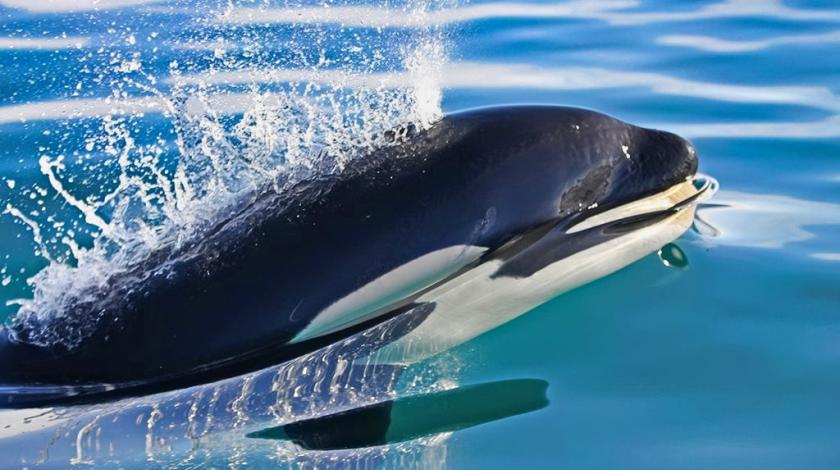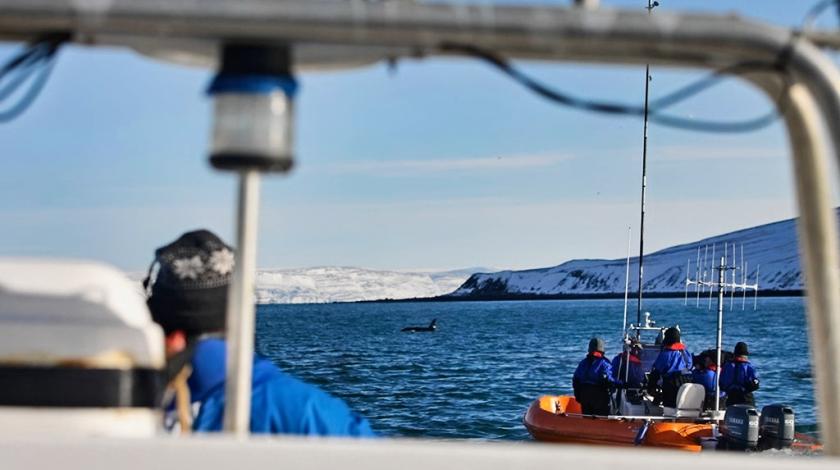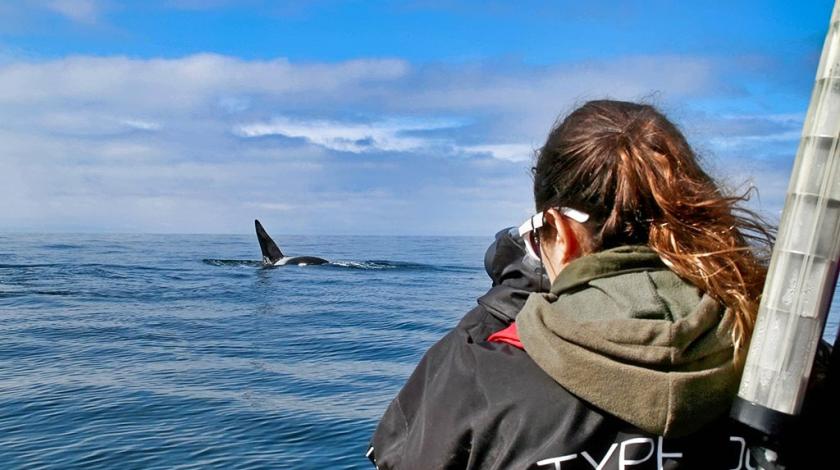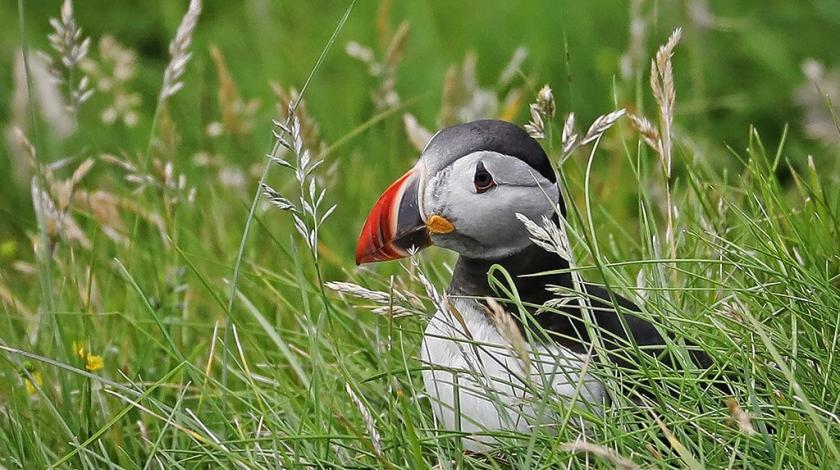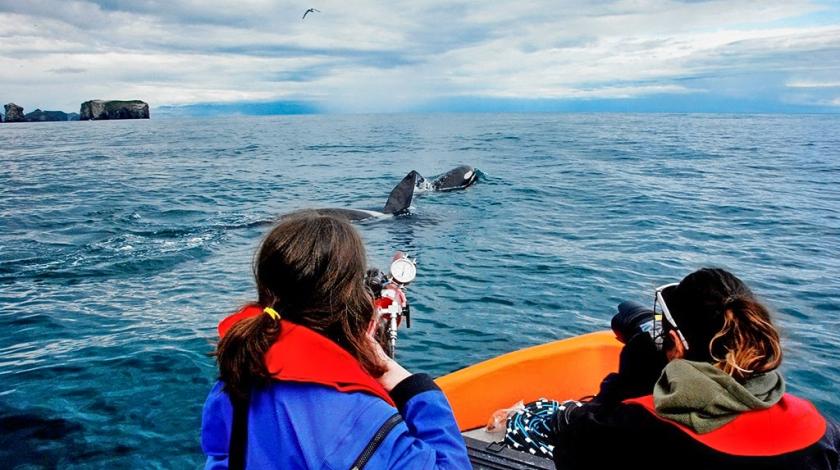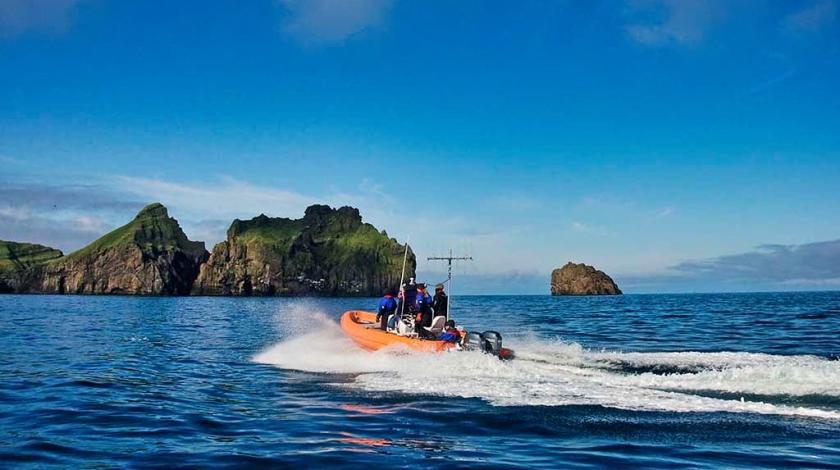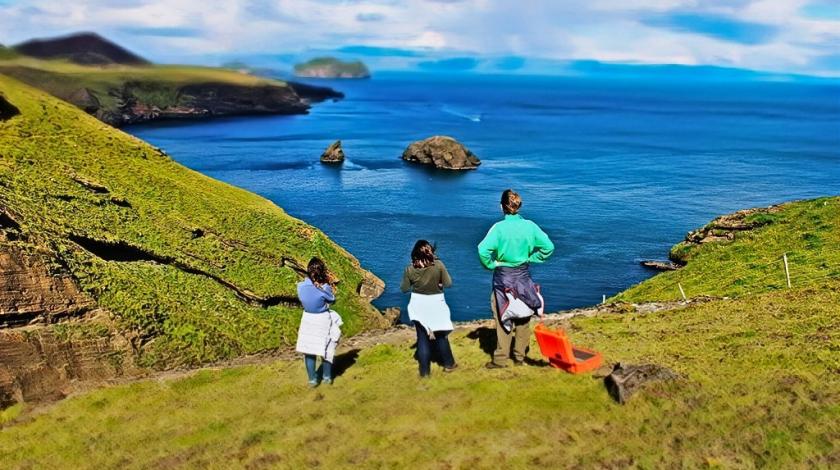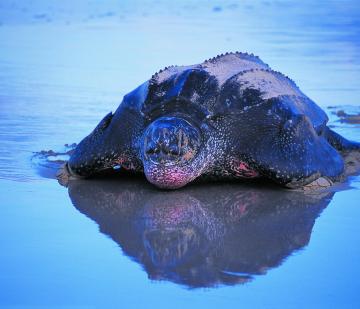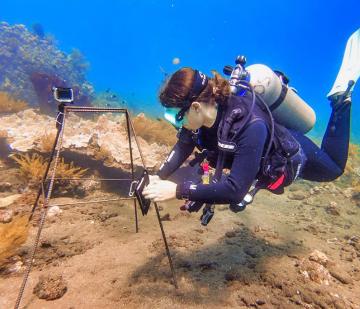BOOK WITH A $500 DEPOSIT
Killer Whales and Their Prey in Iceland

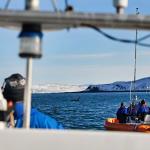
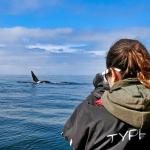
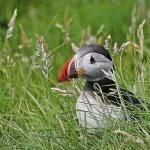
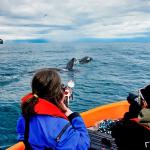
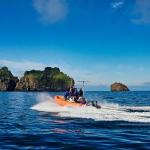
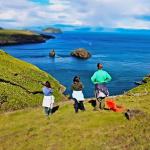
Be part of the first long-term study to investigate the diet and behavior of Iceland’s killer whales, collecting information vital to protecting this important apex predator.
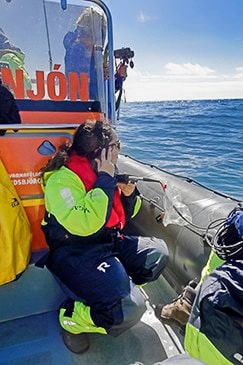 Killer whales (Orcinus orca) play an important role in ecosystems—as top predators, they can affect the size of populations of prey species, which in turn affects the rest of the food chain. These interactions are known as trophic cascades and have the potential to reshape the environment.
Killer whales (Orcinus orca) play an important role in ecosystems—as top predators, they can affect the size of populations of prey species, which in turn affects the rest of the food chain. These interactions are known as trophic cascades and have the potential to reshape the environment.
Killer whale populations can vary considerably in their feeding strategies, and they adapt these behaviors based on which prey is available. Some populations, for example, feed primarily on herring, while others feed on multiple species, including marine mammals such as whales and dolphins. Prey selection influences killer whale behavior, such as how they form social groups, interactions between different animals, and their communication systems. Furthermore, prey selection can introduce other threats. For example, killer whales that feed on marine mammals or cod—species that are higher up on the food chain—are likely to consume higher levels of pollutants, which can affect their reproductive rates and the survival of their calves.
This is the first study in Iceland to assess the diet of killer whale populations to understand potential threats to the species. Data will be collected through observations of the type of prey different whales are feeding on and the collection of small samples of skin and blubber. These data enable scientists to quantify the level of pollutants in killer whales’ bodies, understand their diets, and record their genetic material.
A Typical Itinerary
- Day 1: Meet, travel to field site
- Days 2-11: Killer whale surveys by land, behavioral observations by boat, prepare for and process biopsy samples
- Day 12: Departure
.
HOW YOU WILL HELP
.
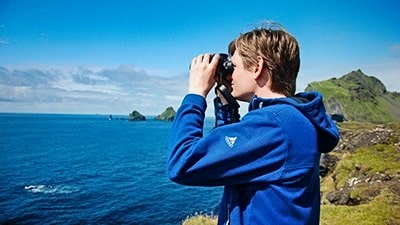
Widescan surveys for killer whales
You will use binoculars on land to search for the presence of killer whales in the study area.
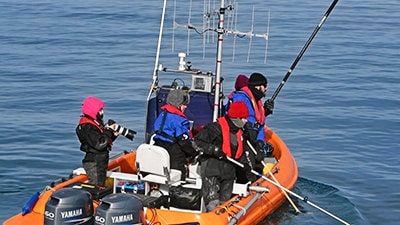
Behavioral observations
On boats, you will help scientists to track and record the behavior of individual killer whales.
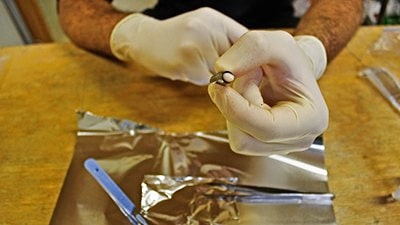
Preparation for and processing of biopsy samples
You will help scientists to collect small skin and blubber samples from killer whales to record their diet, pollutant levels, and genetic material.
.
Field conditions and research needs can lead to changes in the itinerary and activities. We appreciate your cooperation and understanding.
.
.
FEEDBACK & QUESTIONS
.
8 Reviews on this Expedition
GET EARTHWATCH NEWSLETTER
Bi-weekly announcements, new expeditions, and updates on our impact around the globe.
.
.
.
